English Lavender Plant
- March 26, 2024
- 0 comment
Lavandula angustifolia “Vera,” commonly known as English Lavender Plant, is a classic herb renowned for its aromatic fragrance and quintessential purple blooms. This perennial herb is a staple in many gardens due to its hardy nature and the multitude of uses it offers, from culinary to cosmetic. Its compact shrub form, graced with silver-green foliage and long-lasting flowers, makes it a favorite among plant enthusiasts for creating a sensory and visual experience.
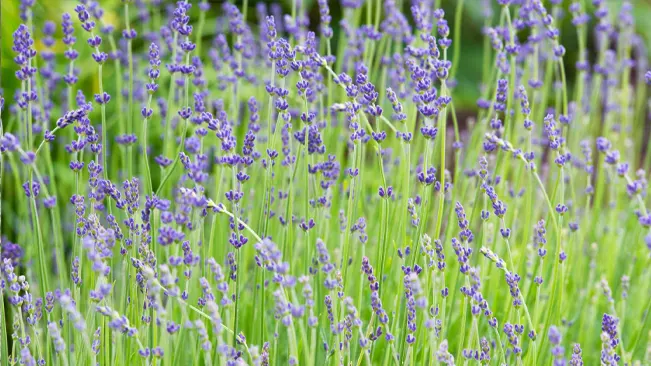

The allure of English Lavender Plant “Vera” extends beyond its beauty; it serves a practical role in attracting pollinators like bees and butterflies, thus promoting biodiversity. The plant’s essential oils are sought after for their therapeutic properties, often utilized in aromatherapy to promote relaxation and well-being. Moreover, the dried flowers are commonly used in sachets and potpourris, infusing homes with a pleasant and calming scent.
Characteristics of English Lavender Plant
| Characteristics | Description |
| Scientific Name | Lavandula angustifolia “Vera” |
| Common Names | English Lavender, Vera Lavender |
| Family | Lamiaceae Family |
| Native Region | Mediterranean region |
| Plant Type | Perennial herb |
| Size | Typically reaches up to 2 feet in height and width |
| Leaves | Narrow, gray-green to silver, and evergreen |
| Flowers | Lavender to deep purple flowers on long spikes |
| Propagation | Propagation is commonly done by cuttings or seed. |
| Drought Tolerance | Highly drought-tolerant once established. |
| Cultural Uses | Used in aromatherapy, cosmetics, culinary arts, and as a natural insect repellent. |
| Ecological Role | Attracts beneficial pollinators such as bees and butterflies. |
| Notable Species | Hidcote, Munstead, Alba, Nana Alba, Loddon Blue |
| Hardiness Zones | Thrives in USDA zones 5 through 9. |
| Growth Rate | Moderate growth rate, forming a rounded shrub. |
| Lifespan | Can live for many years, often 10-15 years, with proper care. |
Botanical Beauty of “English Lavender Plant”
The botanical beauty of English Lavender Plant, particularly the “Vera” variety, lies in its elegant spikes of vibrant purple flowers that rise above silvery-green foliage, creating a striking contrast in any garden. The plant’s natural symmetry and the calming hue of its blooms contribute to a serene landscape aesthetic. When in bloom, the garden air is imbued with its distinctive, soothing fragrance, which is as therapeutic as it is aromatic.

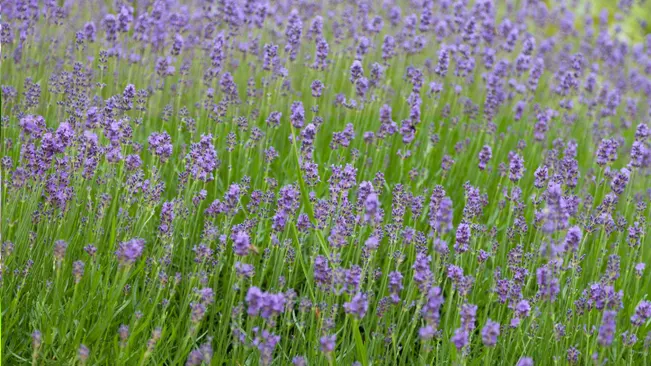
Woodland Elegance
In woodland settings, English Lavender Plant ‘Vera’ introduces a touch of cultivated elegance amid the wild greenery. Its structured form and distinctive color provide a focal point that complements the natural, often untamed, woodland flora.
Ecological Importance
The ecological importance of English Lavender Plant ‘Vera’ extends to its role as a pollinator magnet; its flowers are a valuable nectar source for bees and butterflies. This contribution supports local ecosystems by aiding in the pollination of nearby plants, ensuring a thriving, biodiverse habitat.
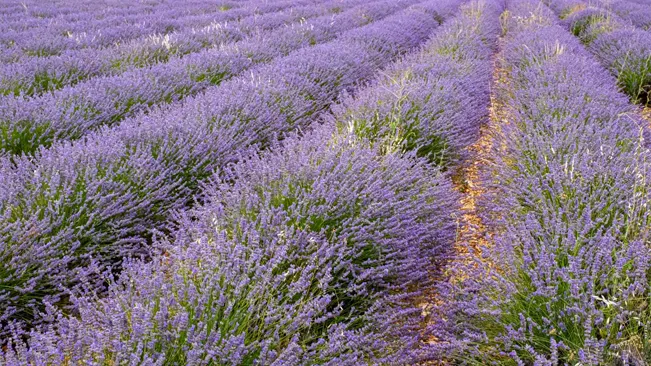
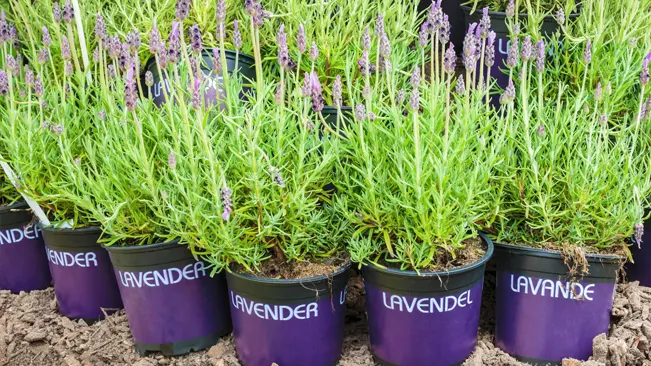
Cultivation and Conservation
In terms of cultivation and conservation, English Lavender Plant ‘Vera’ is a resilient plant that adapts well to a variety of growing conditions, making it a reliable choice for sustainable gardening. Its drought tolerance and perennial nature make it a valuable species for conservation in xeriscaping and water-wise landscapes, promoting ecological balance while minimizing resource use.
Fragrance
English Lavender Plant ‘Vera’ is renowned for its delightful fragrance, which is a harmonious blend of fresh, floral, and slightly herbaceous notes. This variety is often considered to have one of the purest and most intense fragrances among lavenders, which is why it’s highly sought after for essential oil extraction. The scent is known to linger in the air, especially during warm, sunny days, and is capable of transforming a garden space into a soothing aromatic haven.
When dried, the buds of Lavandula angustifolia ‘Vera’ retain their fragrance for an extended period, making them perfect for creating potpourris, sachets, and other scented items for the home. This enduring scent has a calming effect and is often associated with relaxation and sleep aid remedies. The essential oils distilled from ‘Vera’ are a staple in aromatherapy, used to reduce stress, alleviate anxiety, and promote overall well-being.
In the culinary world, the subtle yet distinct flavor of ‘Vera’ adds a unique twist to dishes. Its fragrance infuses baked goods, herbal teas, and desserts with a light floral essence that is both unexpected and delightful. Moreover, when paired with savory dishes, the aromatic qualities can complement the depth of flavors, enhancing the culinary experience.
Soil Stabilization
English Lavender Plant ‘Vera’ plays a valuable role in soil stabilization, particularly in arid and semi-arid environments where erosion control is crucial. Its root system is robust, helping to bind the soil and prevent the loss of topsoil due to wind and water erosion. This characteristic is particularly beneficial on slopes or raised garden beds where soil retention is important.
The cultivation of English Lavender Plant ‘Vera’ can improve soil structure over time. As the plant sheds its leaves and stems, they decompose and add organic matter to the soil, enhancing its fertility and water-holding capacity. Furthermore, as a perennial, ‘Vera’ reduces the need for regular tilling, thus maintaining soil integrity and promoting a healthy underground ecosystem.
Gardeners often use ‘Vera’ as a border plant, not only for its aesthetic appeal but also for its ability to create natural barriers that protect against soil erosion. Planting it along the edges of garden paths or as a hedge can provide structural soil support. Additionally, its drought tolerance means that it requires less watering, which can further mitigate soil erosion caused by excess surface water runoff.
Common Uses
English Lavender Plant’Vera’ is widely appreciated in the world of horticulture for its ornamental beauty. Its striking purple spikes and silvery foliage are often used in landscape design, providing color and structure to gardens and public spaces. The plant is also commonly used in cut flower arrangements and as a dried flower, which can last for several years while retaining its color and scent.
Medicinally, ‘Vera’ lavender is a traditional remedy for a myriad of ailments. Its oil is reputed to have antiseptic and anti-inflammatory properties, making it a common ingredient in balms and lotions for skin care. The dried flowers are also used in herbal sachets that are said to help with sleep and relaxation when placed under a pillow or within a bedroom.
In culinary applications, the edible flowers of ‘Vera’ can be used to add a touch of elegance to dishes. The blooms impart a distinctive floral flavor to sugars, honeys, and syrups, which can then be utilized in desserts and beverages. Chefs and home cooks alike cherish the herb for its versatility and ability to elevate the taste profile of a recipe.
Benefits
The fragrance of English Lavender Plant ‘Vera’ is more than just a sensory pleasure; it has practical benefits, such as repelling mosquitoes and moths, making it a natural choice for a pest-free garden or home. The soothing scent is also known to have a therapeutic effect on the mind, often used in essential oil diffusers to create a peaceful environment. Additionally, its fragrance is used in natural cleaning products, imparting a clean, fresh smell without the use of chemicals.
The ecological benefits of cultivating English Lavender Plant ‘Vera’ are significant. As a plant that requires little water once established, it is an ideal choice for water-conserving landscapes. Its popularity with pollinators contributes to the health of local ecosystems by supporting a variety of bees and butterflies.
Health-wise, the use of ‘Vera’ in products can promote relaxation and reduce stress when used in lotions, oils, and bath products. It’s also used in teas and as a culinary herb, believed to support digestion and reduce bloating. The antiseptic properties of the plant’s oil are tapped for minor wound care, illustrating the plant’s versatile healing benefits.
Different Species
Lavandula angustifolia ‘Munstead‘
Munstead Lavender
A compact English Lavender variety that grows to about 18 inches tall, ‘Munstead’ boasts a profusion of violet-blue flowers and a sweet, strong fragrance, making it ideal for small gardens and containers.
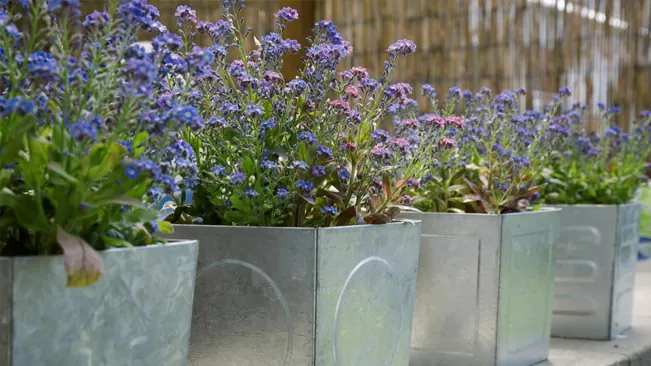
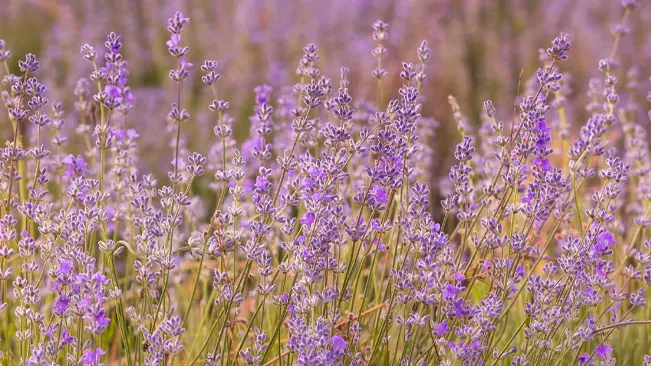
Lavandula angustifolia ‘Hidcote‘
Hidcote Lavender
This variety features beautiful pink flowers, adding a splash of color to gardens. It retains the aromatic leaves and medicinal properties of common hyssop.
Lavandula angustifolia ‘Alba‘
White English Lavender
Lavandula angustifolia ‘Alba’ is a white-flowering lavender variety valued for its fragrant, pale blooms and silvery-green foliage, perfect for elegant garden contrast.
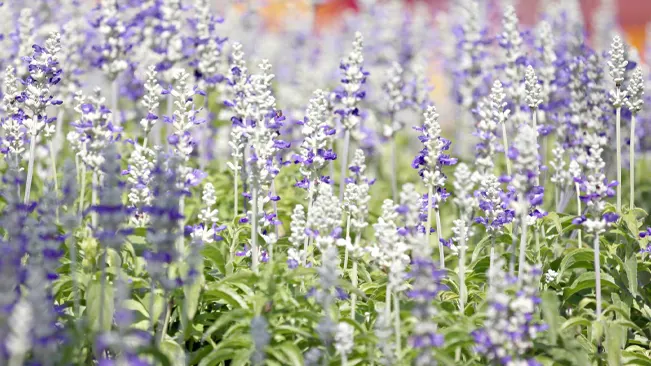
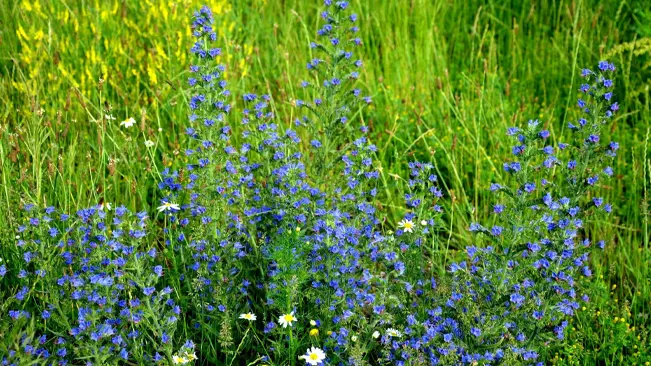
Lavandula angustifolia ‘Loddon Blue’
Loddon Blue Lavender
A lesser-known species adapted to rocky, mountainous areas. It typically has a compact growth habit and is used in traditional herbal remedies in its native regions.
Lavandula angustifolia ‘Nana Alba’
Dwarf White Lavender
A petite variety featuring delicate white flowers, ‘Nana Alba’ is suited for small gardens and as an accent plant with its modest size and sweet fragrance.
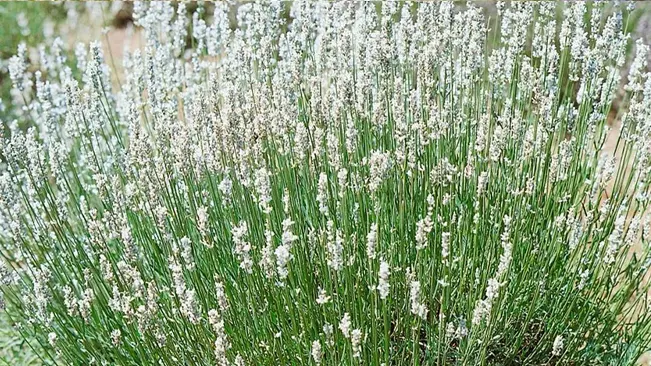
Frequently Asked Questions (FAQs)
- What is the best way to grow English Lavender Plant ‘Vera’?
Plant in well-drained soil, full sun, and avoid overwatering to encourage strong growth. - When is the right time to plant English Lavender Plant ‘Vera’?
Early spring or fall is ideal for planting ‘Vera’ when the soil is warm and frost risk has passed. - How often should I water English Lavender Plant ‘Vera’?
Water ‘Vera’ deeply but infrequently, allowing the soil to dry out between waterings. - Does English Lavender Plant ‘Vera’ need to be pruned?
Yes, prune after flowering to shape the plant and promote vigorous, bushy growth. - Can English Lavender Plant ‘Vera’ be grown in containers?
Absolutely, ‘Vera’ thrives in containers as long as they have good drainage. - What are the soil requirements for English Lavender Plant ‘Vera’?
‘Vera’ prefers neutral to slightly alkaline, well-drained soil; sandy or gravelly soils are ideal. - How do I harvest English Lavender Plant ‘Vera’?
Harvest the flower spikes when the first few flowers have opened, ideally in the morning after the dew has evaporated. - Can EEnglish Lavender Plant ‘Vera’ tolerate cold winters?
‘Vera’ is hardy but may need protection in very cold climates or during harsh winters. - Is English Lavender Plant ‘Vera’ deer-resistant?
Yes, ‘Vera’ is generally deer-resistant due to its fragrant oils. - What are common uses for English Lavender Plant ‘Vera’?
‘Vera’ is used for its aromatic oils, in culinary dishes, and as a landscape plant for its beauty and ability to attract pollinators.




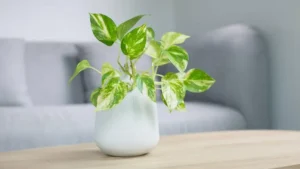
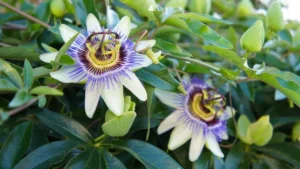
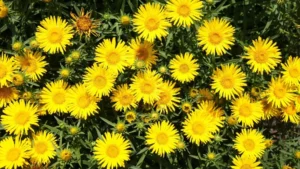

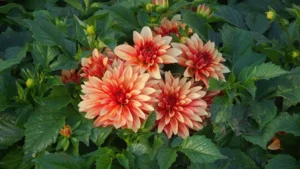
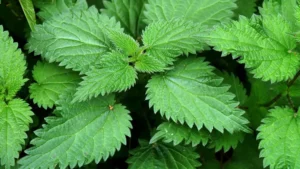
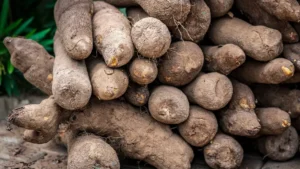
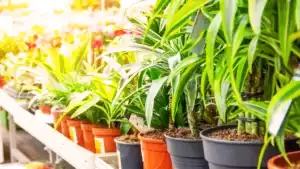


Leave your comment